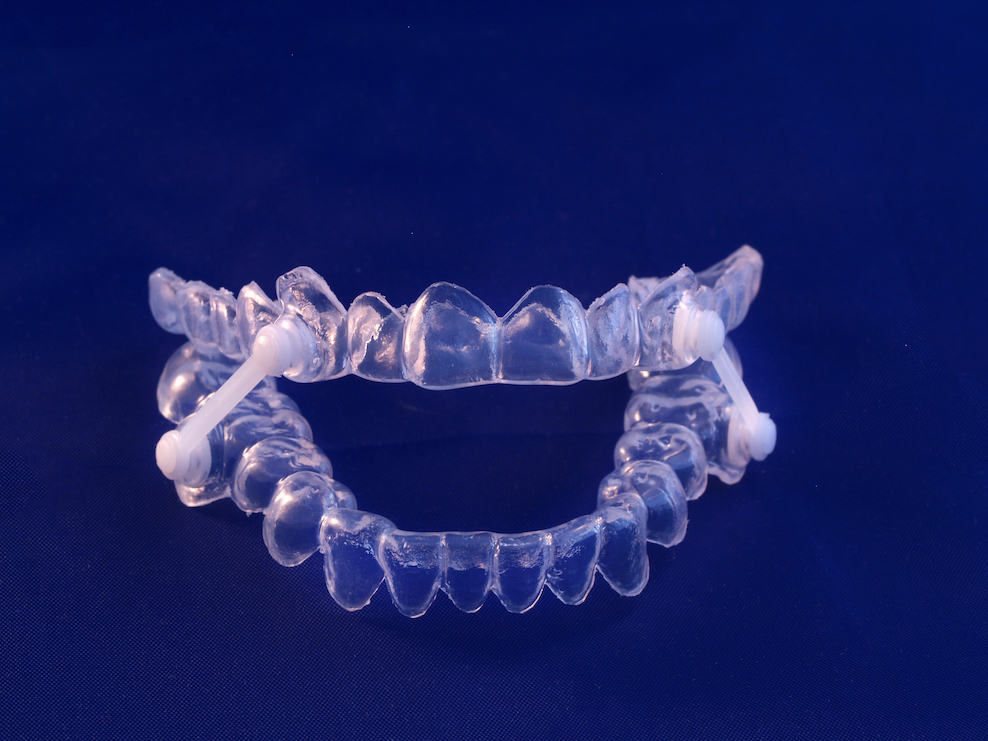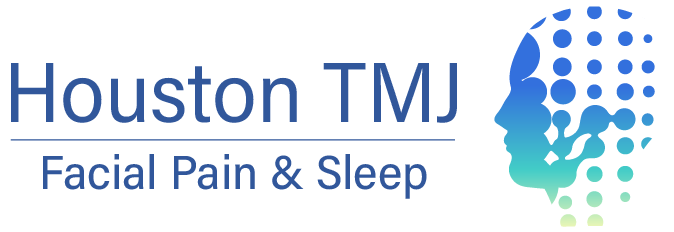
WHAT IS Obstructive sleep apnea (OSA)
Obstructive sleep apnea (OSA) is a common sleep-related breathing disorder, with an estimated prevalence of 12% in the US population and affecting more than 100 million individuals worldwide.
It is characterized by repetitive episodes of partial (hypopneas) or total (apneas) upper airway obstruction during sleep, that results in decreased oronasal airflow.
Symptoms of Obstructive Sleep Apnea
- Snoring
- Choking/gasping for air while sleeping
- Fatigue & daytime sleepiness
- Insomnia
- Poor sleep quality
- Sleep fragmentation
- Nocturia (nocturnal urination)
- Sleep bruxism
- Neurocognitive deficits
- Mood disorders
- Morning headache
If you suffer from any of these symptoms, call us today to schedule a consultation!
OSA is a risk factor for:
- Temporomandibular disorders (TMD)
- Hypertension
- Cardiovascular disease (stroke, coronary artery disease, cardiac arrhythmias)
- Insulin resistance (diabetes)
- Epithelial dysfunction (ischemia)
- Increased risk of motor vehicle accidents
Diagnosis of OSA
Who?
OSA is diagnosed by a sleep physician
How?
A sleep study (polysomnography or home sleep apnea test) identifies the number of apnea-hypopnea events per hour.
What?
According to the AHI, OSA can be classified in:
Mild (from 5 to 14 events/hour)
Moderate (from 15 to 29 events/hour)
Severe (30 or more events/hour)
What causes OSA?
OSA is multifactorial in nature. The following factors are implicated in the condition:
Anatomical traits
Neuromuscular control
Low respiratory arousal threshold
Oversensitive ventilatory control system (high loop gain)

What can be done
In case of mild-moderate OSA or in those patients who snore, a custom oral appliance can be fabricated. Sleep physicians might indicate these appliances in patients with severe OSA or in those unable to tolerate CPAP.
These specific types of appliances are called mandibular advancement devices (MADs), appliances that reposition the mandible forward during sleep.
